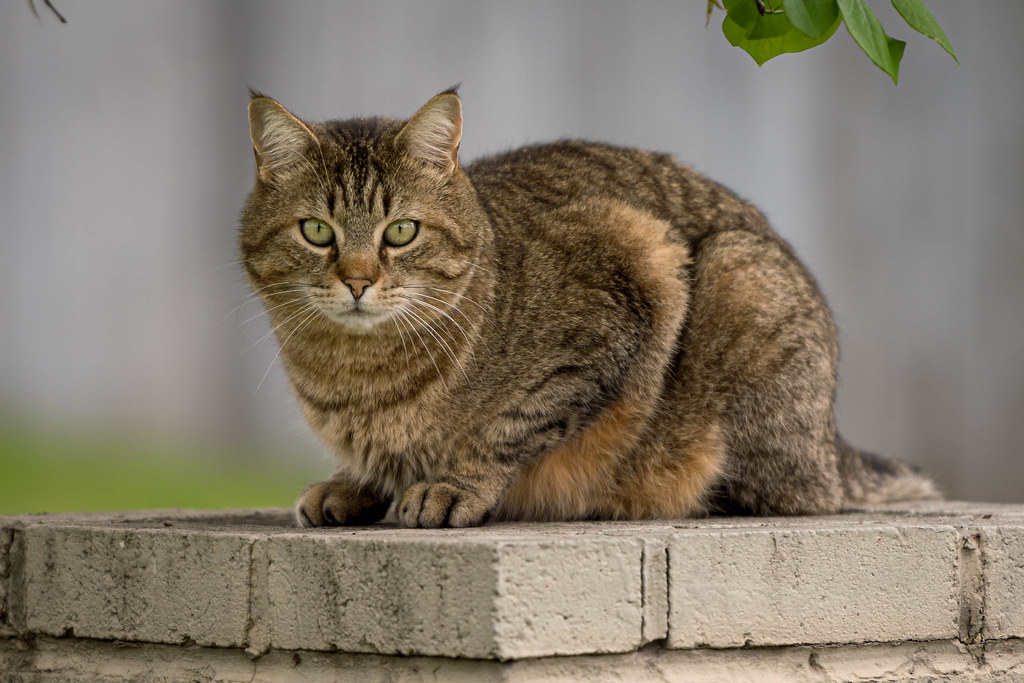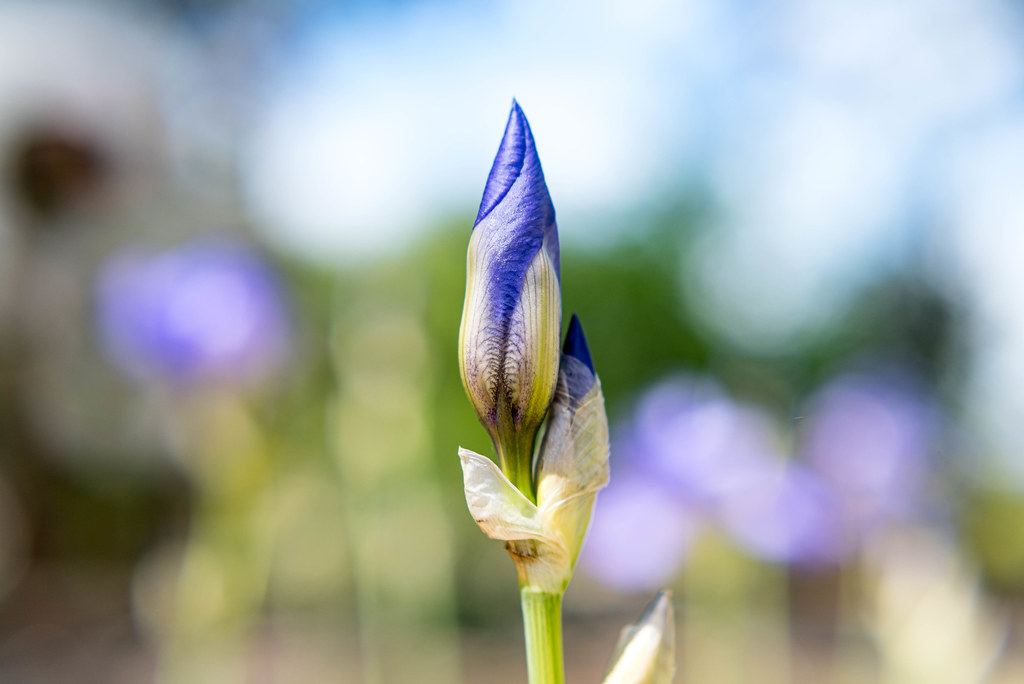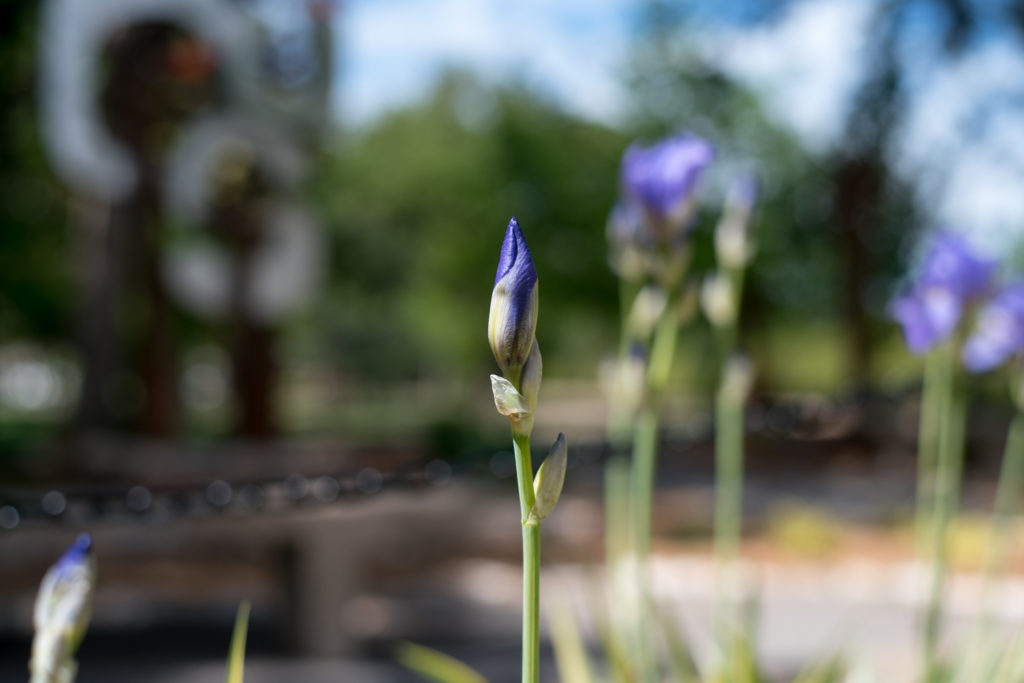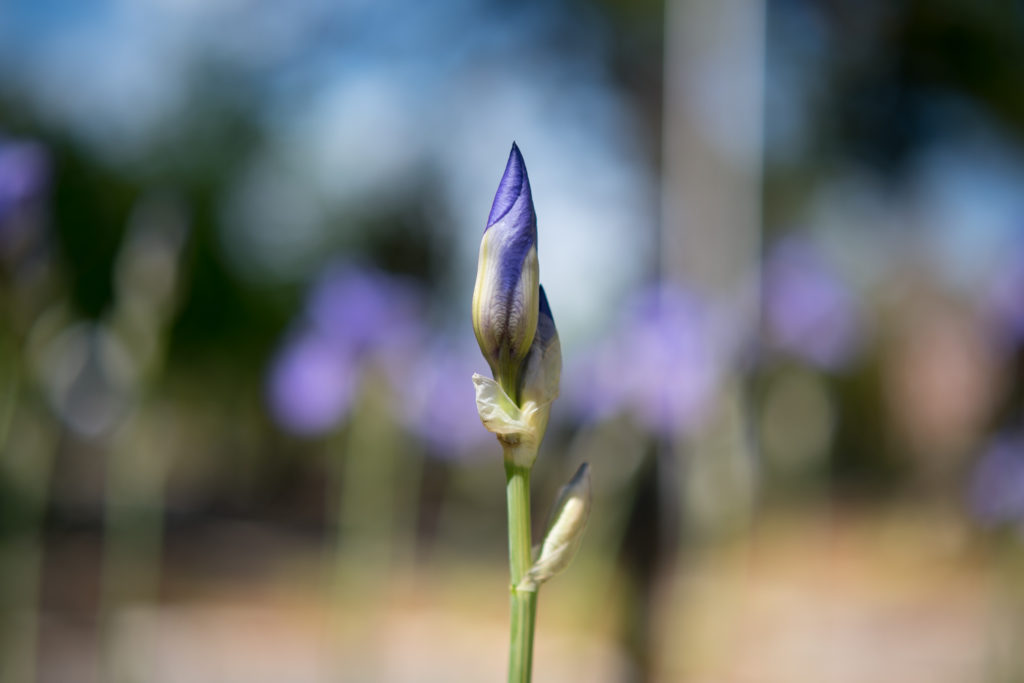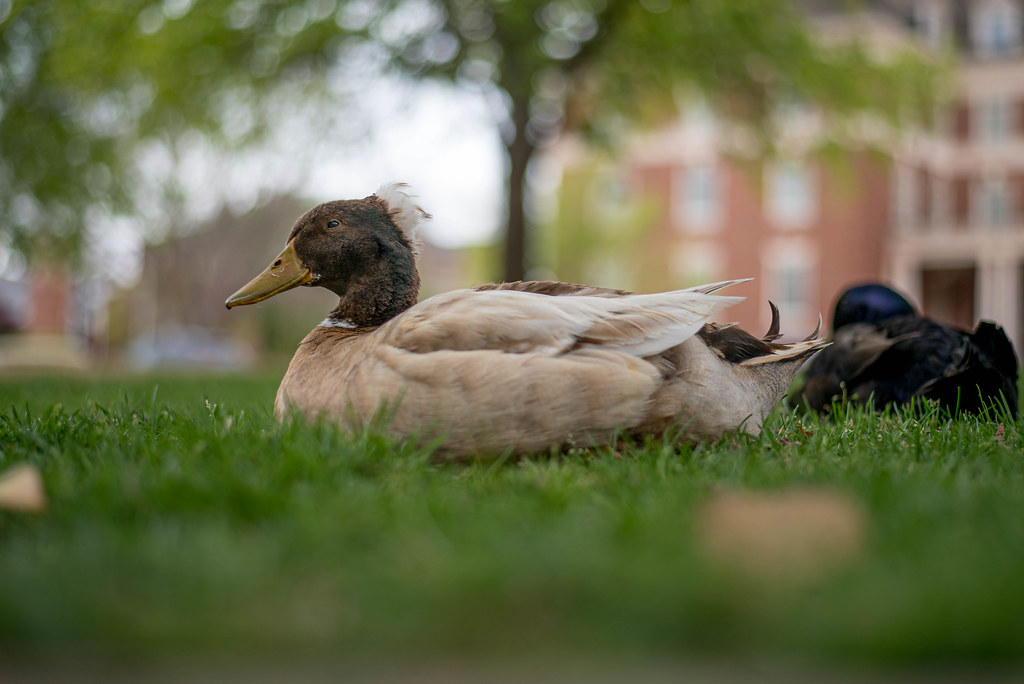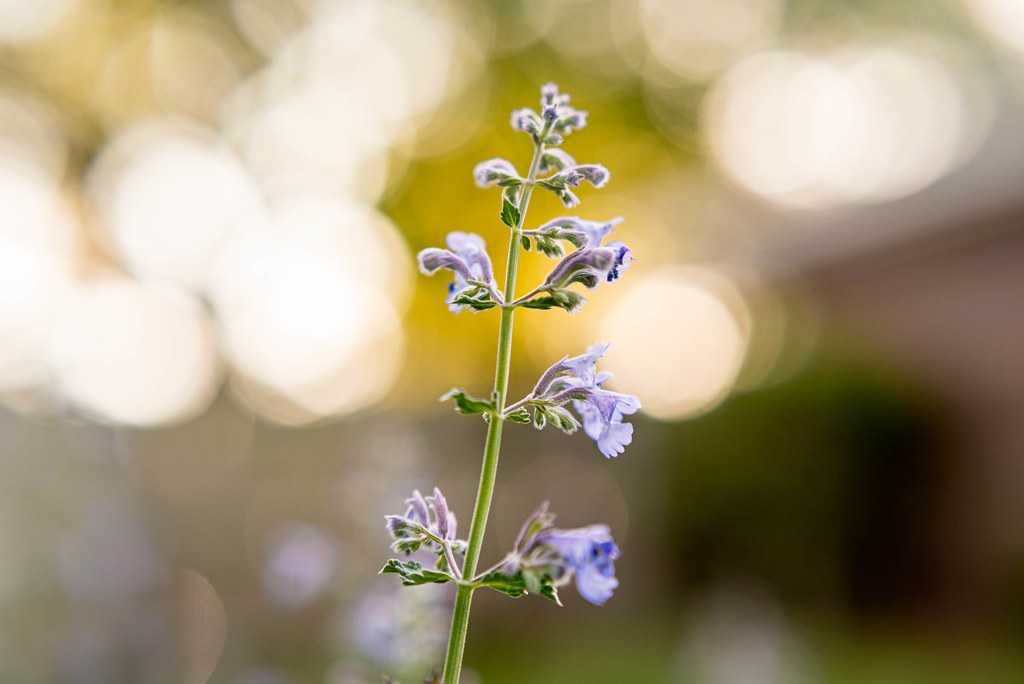
I talk a lot about learning from my past experiences as a photographer, and this picture is a good example of how I have tried to apply this principle in my daily life. Or at least my daily photography. Not long ago I shared a picture that I shot in my own back yard, with some purple flowers and an interesting style of background blur involving vertical slits of light from a fence. Today’s photo takes everything I learned when photographing the original and applies it to get what is, in my opinion, a much better picture.
These are flowers from a saliva plant, which is pretty common where I live in Oklahoma. Every spring the one we have in our backyard produces these brilliant purple flowers which attract bumblebees, honeybees, hummingbirds, and of course a certain photographer as well :) After taking a picture of purple flowers with the sun slits behind them I wanted to apply those lessons here, and I’m really pleased with how things turned out. I used a +4 close-up filter to close the distance between myself and the flower, and intentionally composed the shot so the flower would be between the balls of light in the background. (A process which would have been much easier with a proper mirrorless camera compared to a DSLR like my D750, which I used for this shot.) I moved around a lot, tried various apertures between f/2.8 and f/5.6, and even after I thought I had the shot and went inside I decided to return to the back yard and give it another go. I’m glad I did, as this image is one that I just might end up printing and hanging on the wall. It seems almost otherworldly, but the scene was so normal that I’ve seen it a hundred times and never thought it would make an interesting picture. And yet, with some practice and self-reflection, it turned out great.
